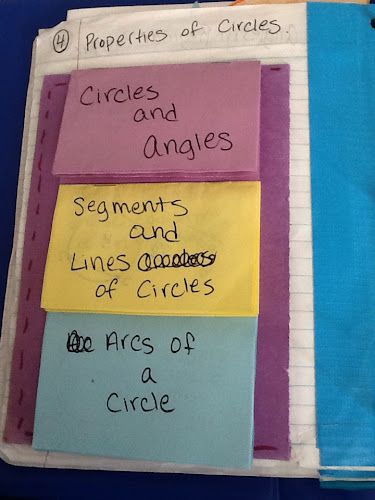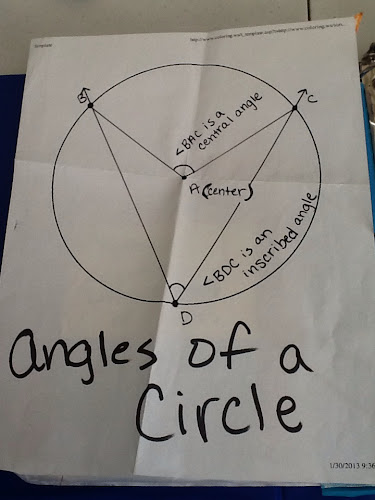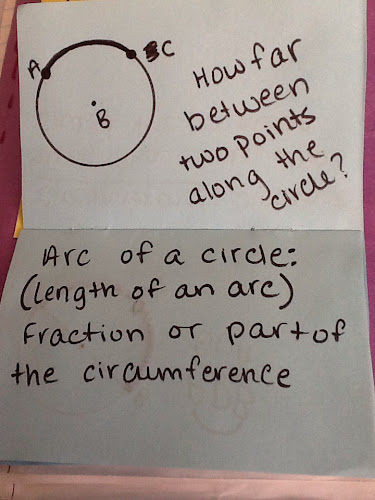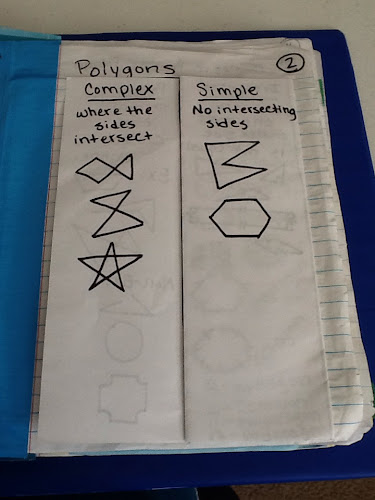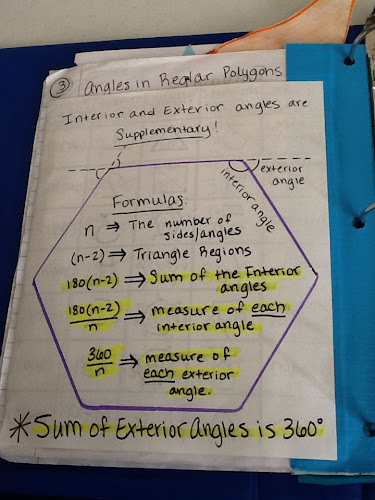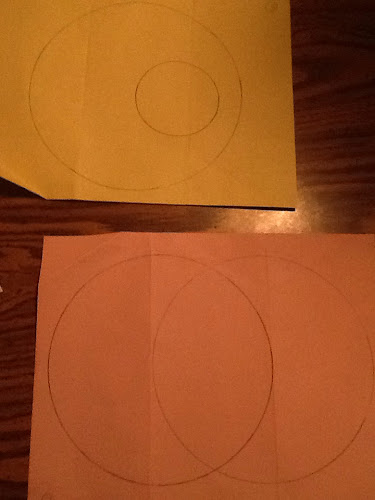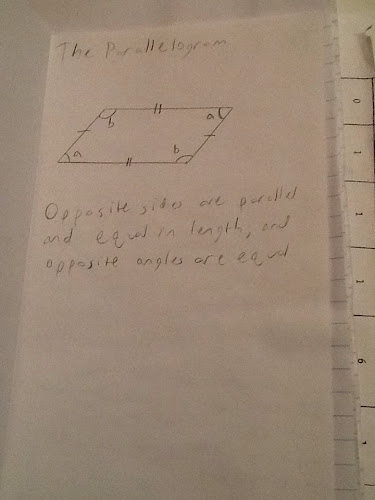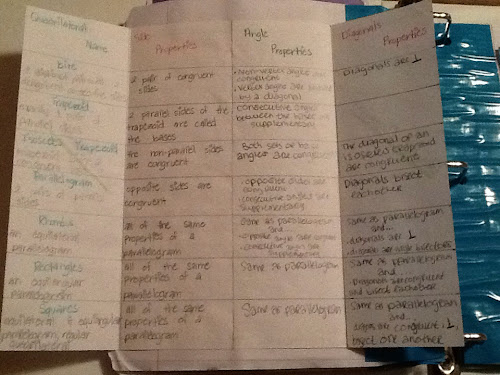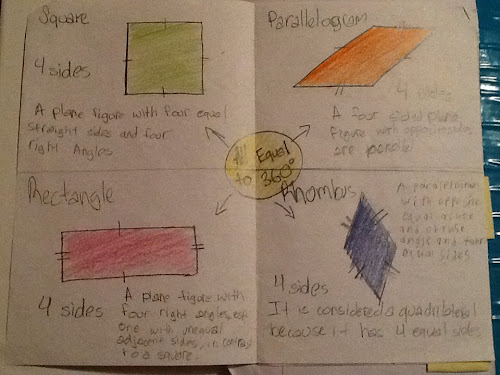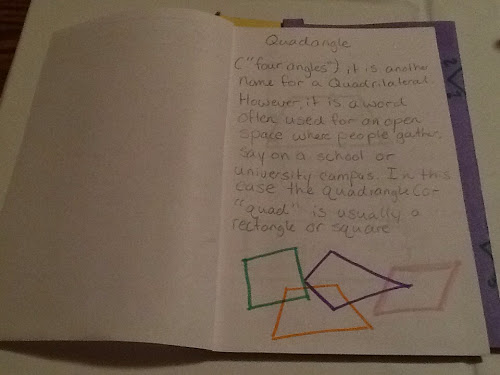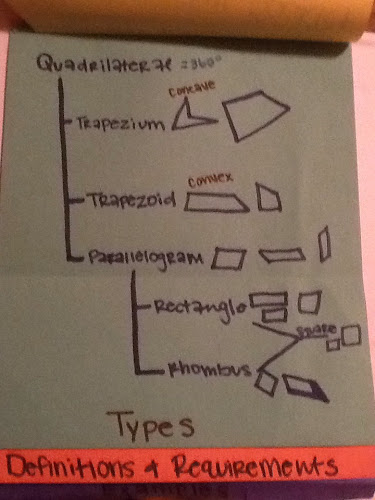Pg 4. Properties of Circles
We began with taking a half sheet of construction paper and glueing down a pocket. The pocket is used for the three paper folding diagrams we created for the terminology. Next we took three quarter sheets of paper and stapled them together like a magazine to create mini books. (We glued each one down after we completed it.)
I find all the properties and relationships of circles to be quite overwhelming. I decided to take these next few journal pages slow and make them as hands on as possible. I learn so much from my students that much of the written statements are conclusions students made.
With each term that could be applied to a paper fold, we used a printed circle to apply the term. There is a printed circle page for each mini book.
Mini Book 1: Circles and Angles
We used a compass to construct the circles for each term.
:) Student's conclusion and addition: Concentric circles and all circles are similar! I never realized this detail. I cherish it now.
When I remember, I try to always identify and notate a term within the diagram.
Here's the first folded circle. We began with folding the circle in half to identify the center. Point out that the center of the circle doesn't have to be found with perpendicular diameters. It's a go to strategy for most people and can build a slight misconception.
After the center was identified, we located two points ON the circle and drew a central angle. Next, we located a third point ON the circle and drew an inscribed angle.
Mini Book 2: Segments and Lines of Circles
At this point, if I didn't initiate notating the term in the diagram, the students would prompt me on it.
I tried to make a fold for each term to make it more hands on. The paper folding was the favored part of this journal page.
Mini Book 3: Arcs of a Circle
I like this journal page. I learned a lot from my kids!!

